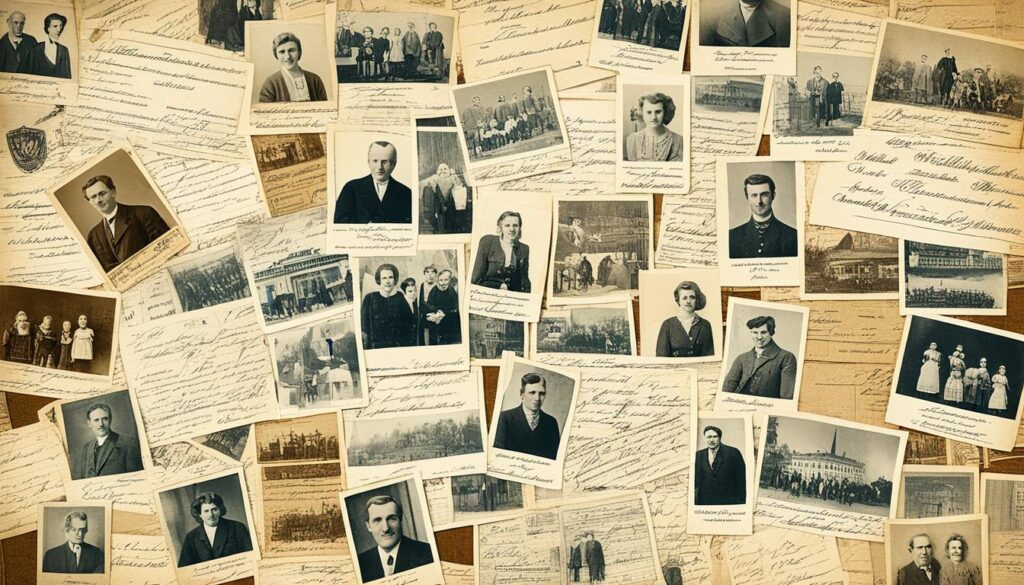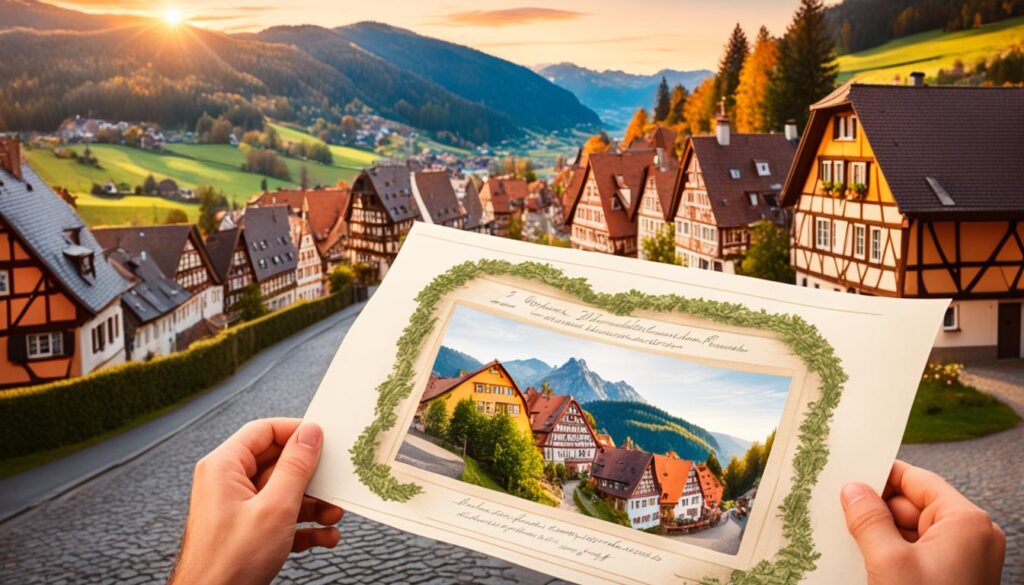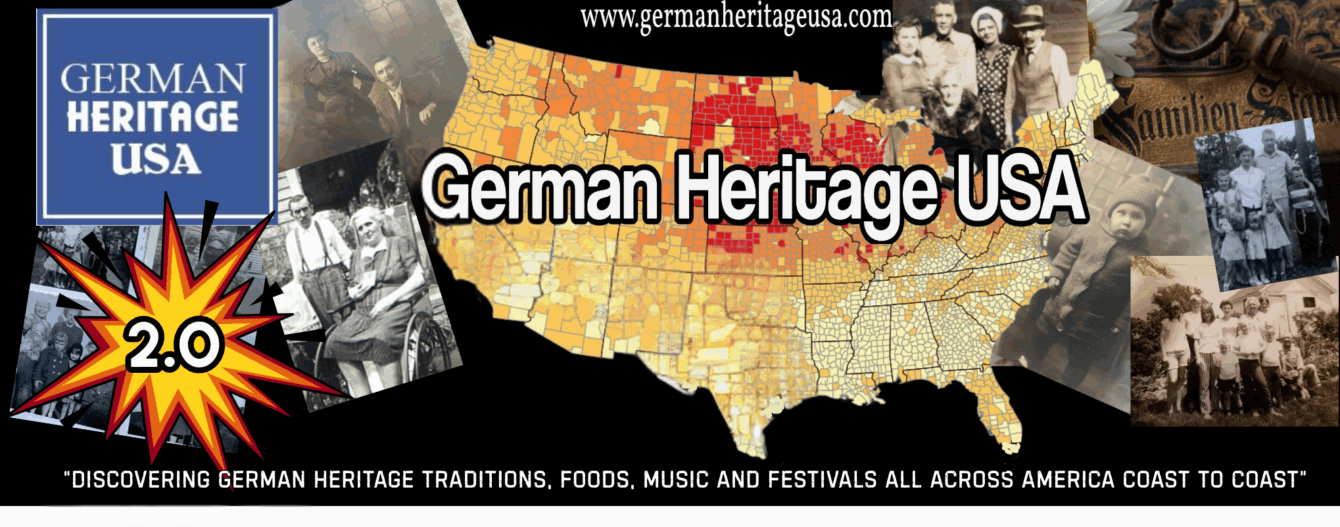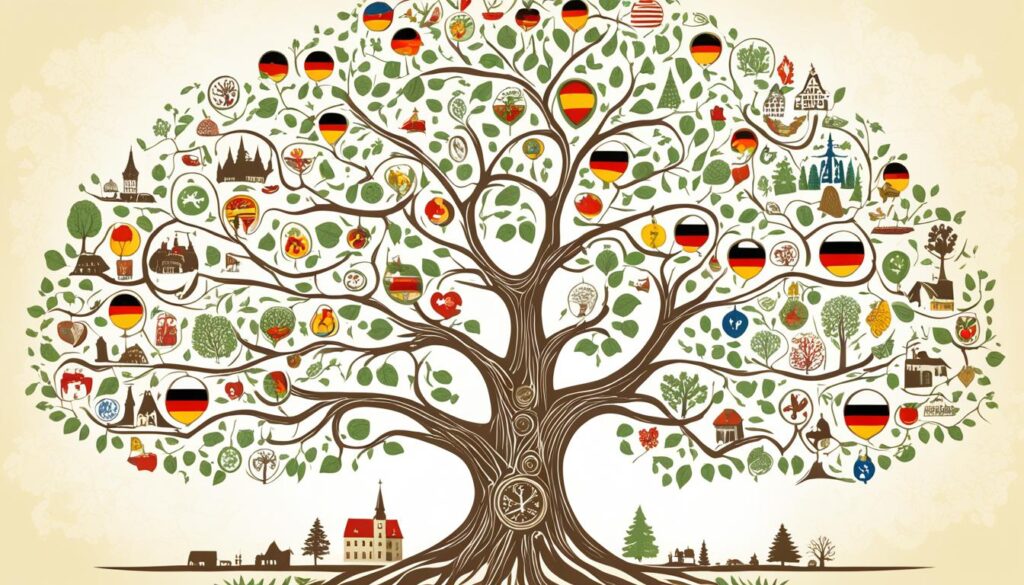Embracing German-American Family Names: Uncovering the Stories Behind Them
In American history, German-American family names are like threads in a colorful tapestry. They carry rich stories and deep cultural roots. Exploring these names brings to light a legacy that influenced not just the lives of many but also America itself.1

This article takes you on a journey from the first German immigrants through to today. We will look at what these names mean and where they come from. This helps us understand the strength, successes, and ongoing impact of German-Americans.2
- Discover the captivating tales behind German-American family names and the rich cultural heritage they represent.
- Explore the history of German immigration to the United States and the lasting impact of German culture on American society.
- Uncover the significance of family names, particularly those with German origins, and the stories and histories behind them.
- Learn about the diversity and prevalence of German-American family names and the cultural influences that have shaped them over time.
- Delve into the process of uncovering one’s ancestral roots, including genealogical research methods and DNA testing for German ancestry.
Tracing German Heritage in America
Generations of German immigrants have shaped America’s culture, social life, and economy. Their influence started with colonial settlers and grew with 19th-century immigrants.3
The Arrival of German Immigrants
German immigrants came from places like Württemberg, Pfalz, Saxony, and Westphalia. The Pennsylvania Dutch were among the first, arriving in the 18th century. Around 65,000 came to North America from 1727 to 1775.3 The 19th century saw a huge wave, with over 7 million Germans arriving. This period marked one of the largest immigrant movements in America’s history.3

They left Germany for various reasons, including political issues, poverty, and religious freedom. As they settled, they shared their culture, shaping American society.3
The Influence of German Culture on American Society
German culture is deeply ingrained in America, seen in its literature, art, and more. From Oktoberfest to beloved German foods, their traditions enrich American culture.3
German-Americans also had a big impact on science, tech, and the economy. Famous names such as Albert Einstein and Henry J. Heinz highlight this influence.3
Today, German heritage is a key part of American culture. The stories of German immigrants and their descendants remind us of America’s diverse fabric.
The Significance of Family Names
Family names are more than just words. They connect us to our past and culture. For German-Americans, these names tell meaningful tales. Since the 1100s, German surnames have been doing just that, sharing stories from different sources. These sources include names based on parents’ names, what people did for a living, how they looked, and even where they lived.4


















